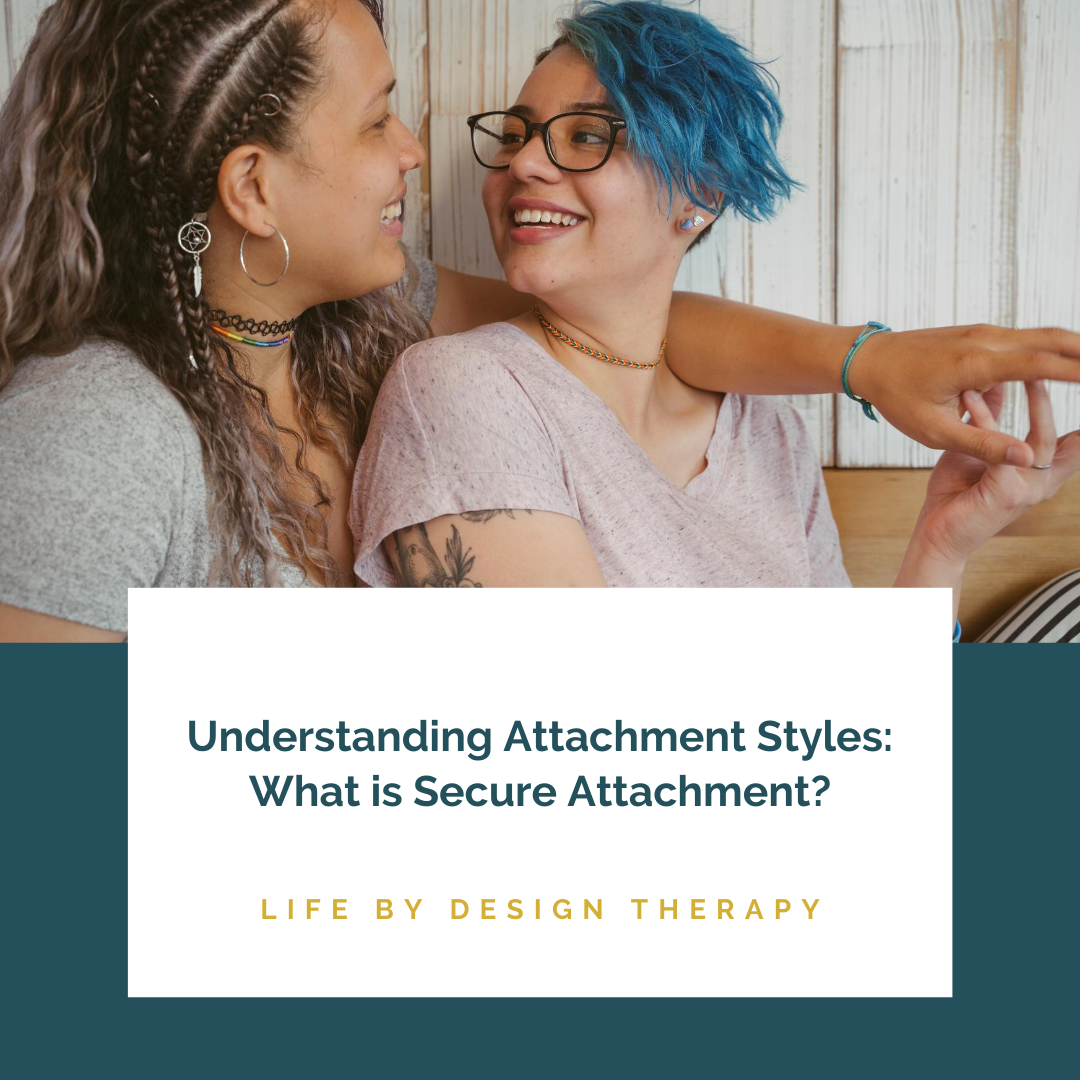by Melody Wright, LMFT
Dr. Sue Johnson's seminal research on attachment styles and the effectiveness of Emotionally Focused Couples and Family Therapy (EFT) dates back to 1985 and continues to drive marriage and family counseling today. In the last installment of our blog series, we discussed one of the four attachment styles: anxious attachment.
This next installment talks about two additional styles of attachment, avoidant and disorganized attachment. These two styles represent another way in which our relationships with our caregivers as children can manifest as relationship challenges later in adulthood. Read on to learn more about the avoidant and disorganized attachment styles, including how they differ from other styles of attachment and how they can manifest in romantic relationships.
THE AVOIDANT ATTACHMENT STYLE
Childhood Experiences
While some of us are blessed with parents who were completely attuned to our needs as a child, this is not the case for everyone. Unfortunately, some parents may intentionally or unintentionally neglect their children, leading the child to develop a belief that no one will be there to meet their needs.
Let’s be clear: neglect does not have to be in the form of basic needs such as having food, water and shelter (although it sometimes is). Emotional unavailability or unresponsiveness can impact a child as well, leading a child to play by themselves or express extreme independence from others. This characterizes the avoidant attachment style.
Growing up, someone with an avoidant attachment style may have received the message from their parents that showing emotion is a sign of weakness, leading to rejection or punishment from their caregiver. This may teach the child to feel uncomfortable expressing feelings, whether verbally or nonverbally. Many times, the child may suppress their feelings and avoid crying in order to remain close to loved ones who might otherwise reject them, allowing them to meet their need for physical closeness.
DATING SOMEONE WITH AN AVOIDANT ATTACHMENT STYLE
If you have ever dated someone who was a "commitment-phobe" or seemed distant or aloof, you may have experience dealing with an avoidant attachment style. People with an avoidant attachment style may avoid intimacy to the extreme, often reasoning their way out of closeness or complaining about feeling "suffocated" or "crowded" in a relationship. This can make it frustrating for people who want to get close to them, preventing many people with this attachment style from forming secure relationships.
Some people with an avoidant attachment style might avoid relationships altogether. They may express feelings that they do not need anyone else, or pursue a string of hookups or unserious relationships knowing that there is no chance of them falling in love with a person. Being in love with someone who has an avoidant attachment style, especially when you are not yet in a relationship with them, can, therefore, be trying.
When engaging with an avoidant attachment style, you may see them avert their eyes from unpleasant sights or "tune out" emotional conversations. Sometimes, they might even suppress memories of negative attachment events, such as a breakup or argument. As a result, many report that they have few memories of their parents from early childhood.
Avoidant-attached adults may also express an inflated, but fragile self-esteem, which serves as a defense mechanism. They may look at themselves in an overly positive light while being overly dismissive of others. This appearance of arrogance or even narcissism frequently masks lower self-esteem or even deep-seated feelings of self-hatred. Whenever someone challenges or fails to support their self-image, they might become excessively angry to protect themselves from feeling into the emotional pain and suffering.
AVOIDANT ATTACHMENT RELATIONSHIP PATTERNS
The patterns we form in early childhood as a result of our caregivers persist into adulthood -- and can affect our ability to form meaningful relationships with others. People who are avoidantly attached may come across as dismissive or aloof, even though they often want to be in a romantic relationship. Despite longing for closeness, however, they will resist emotional intimacy and won't show any signs of needing it.
People with an avoidant attachment style can come across as selfish, appearing to put their own needs in front of their partner's needs. When their partner expresses feelings or needs, they might show annoyance or disdain. It's important to remember that these reactions do not reflect their investment in the relationship; they developed this coping mechanism to navigate the so-called "emotional desert" they grew up in.
During conflicts with their partner, they may get quiet, shut down or leave the room altogether. These individuals are use to processing situations internally and at their own pace, and often become easily overwhelmed by their partner’s stronger emotional needs.
However, it's important to remember that an avoidant attachment style is not the end of the world for a relationship. If you recognize these signs and behaviors in your partner, you can still have a satisfying, loving relationship. Building a secure relationship with your partner is possible.
THE DISORGANIZED ATTACHMENT STYLE
Childhood Experiences
Disorganized attachment is recognized by some but not all members of the psychology community as another form of attachment -- Psychology Today calls it "the forgotten attachment style."
Disorganized attachment is the most intense of the four attachment styles, owing to the dire circumstances in which it develops. Disorganized attachment develops when a child experiences abuse, trauma, or chaos in the home. As a result, they learn to fear their caregivers and have no "secure base" to turn to for consistent support, emotional safety, and comfort.
People with a disorganized attachment style oscillate between the basic human need for belonging and their drive for survival. Like those with an anxious attachment style, people with a disorganized attachment style experience lots of anxiety in relationships, have an extreme need for closeness, and fear rejection by their partners.
DATING SOMEONE WITH A DISORGANIZED ATTACHMENT STYLE
For someone who experiences disorganized attachment, developing romantic relationships can be associated with more negative emotions than positive ones. They may appear overly trusting at one moment, then overly suspicious at the next. Or, they may withdraw at a moment's notice without reason or explanation.
Due to their history of trauma, someone with a disorganized attachment style likely finds forming relationships to be extremely difficult. Relationships require trust, and the act of learning to trust someone can be incredibly trying and understandably scary for them. They may need constant reassurance or participate in acts of self-sabotage that threaten the relationship, despite genuinely caring about another person.
DISORGANIZED ATTACHMENT RELATIONSHIP PATTERNS
Disorganized attachment forms when children grow up with caregivers who are erratic or abusive in their responses to their child. As a result, many people with disorganized attachment styles do not know healthy ways to self-soothe. They may have difficulty regulating their emotions, expressing stress as anger or hostility, yet find it challenging to reach out and seek help.
Someone with a disorganized attachment style fundamentally experiences trust issues. They may find it hard to let their partners in and face difficulty forming lasting relationships with others. They often bury their emotions or suppress their past as a coping mechanism, which stands in the way of future relationship success.
In order for a person with a disorganized attachment style to learn how to be in a long-lasting relationship, they must create a coherent narrative from their memories of their childhood, no longer suppressing or burying past trauma and emotions. Developing a strong relationship with a secure partner also goes a long way toward teaching someone with a disorganized attachment style that others can be trusted.
Therapy can be a supportive space in which you get to explore and even experience your attachment styles in action. A skilled therapist can help you slow down and begin to uncover what’s beneath the behaviors that keeps you from having the loving relationships you want.
References & Resources
https://iceeft.com/about-dr-sue-johnson/
https://www.psychalive.org/anxious-avoidant-attachment/
https://www.psychologytoday.com/us/blog/compassion-matters/201904/do-you-or-your-partner-have-avoidant-attachment-pattern
https://www.gottman.com/blog/attachment-style-influences-success-relationship/
https://www.psychalive.org/disorganized-attachment/
https://www.psychologytoday.com/us/blog/romantically-attached/201909/the-forgotten-attachment-style-disorganized-attachment
Want to learn more about attachment?
Read our full blog series to learn how your attachment style may impact your relationships!




















